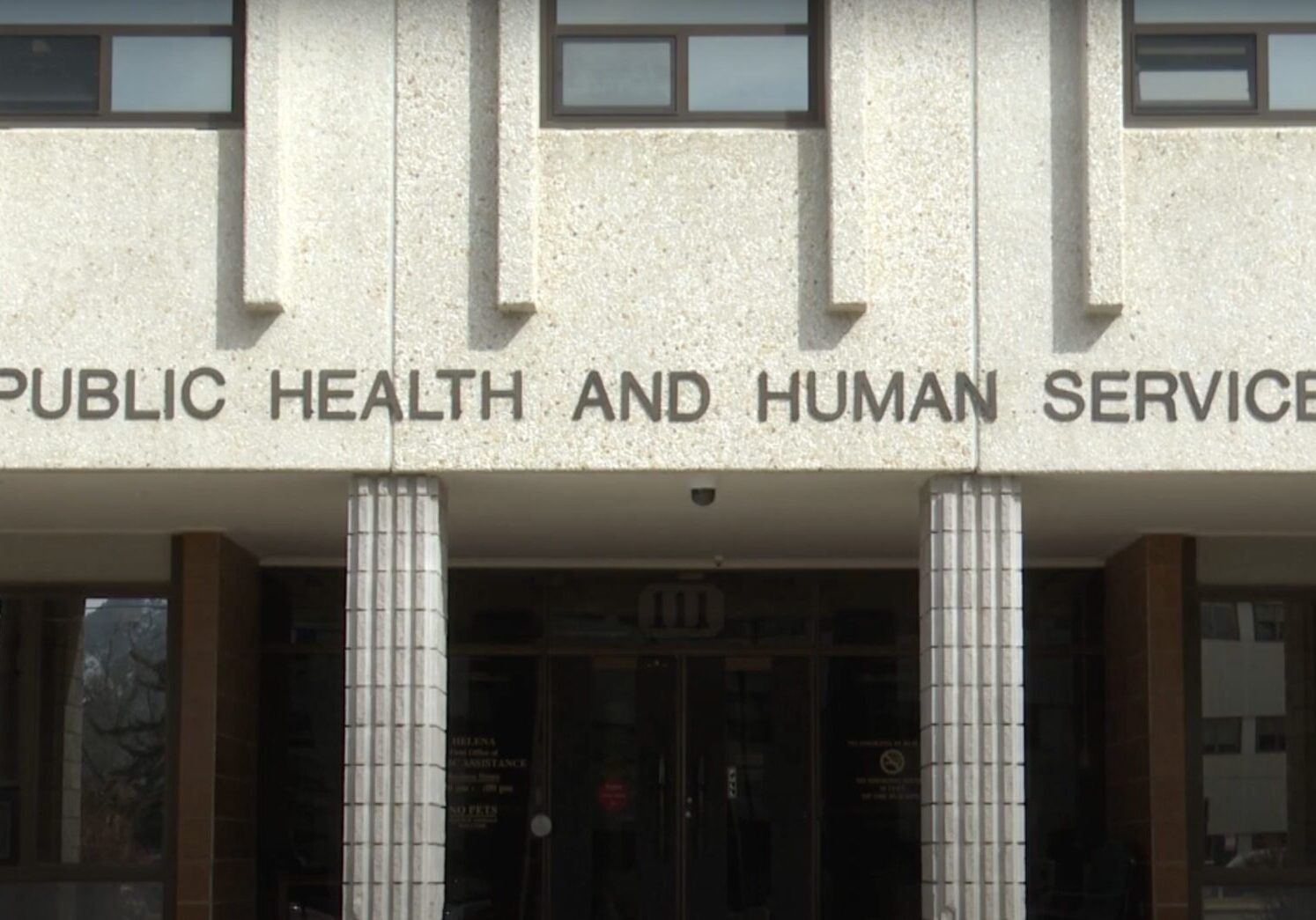Montana Maps Strategy for Big Beautiful Bill’s Historic $50 Billion Rural Health Funding
DPHHS seeks stakeholder input on accessing federal Rural Health Transformation Program funds through 2030
By Staff Writer
Aug 11, 2025
HELENA — The Montana Department of Public Health and Human Services is actively seeking stakeholder input on how to access Montana’s share of $50 billion in rural health funding from the newly enacted “One Big Beautiful Bill Act.”
DPHHS issued a Request for Information Sunday, inviting healthcare providers, tribal nations, and community organizations to propose long-term solutions for rural health transformation under the federal Rural Health Transformation Program established by H.R. 1.
The development represents a significant shift from the political rhetoric that dominated the legislation’s passage, where critics focused on Medicaid changes while largely overlooking what has become the largest rural health investment in U.S. history.
“The Rural Health Transformation Program presents a historic opportunity for our state,” said DPHHS Director Charlie Brereton. “We aim to leverage these funds in a meaningful, sustainable way that improves health outcomes and brings more high-quality care to our most rural communities.”
The rural health funding represents one component of H.R. 1, which primarily extended 2017 tax relief provisions and implemented substantial Medicaid reforms. As previously reported by Western Montana News, the Medicaid changes reduce spending growth while adding work requirements and eligibility verification measures.
Mid-Term Investment Strategy
The federal program provides $10 billion annually from fiscal years 2026 through 2030, designed as a mid-term boost to help make rural healthcare more sustainable over the long haul. The Centers for Medicare and Medicaid Services must award funds by December 31, 2025.
Montana’s approach emphasizes sustainability over quick fixes. DPHHS explicitly states that it considers the rural health transformation funds “one-time-only in nature” and warns that “proposals that require ongoing funding without a robust sustainability plan will not be prioritized for review.”
The state’s vast geography and sparse population create ongoing difficulties in delivering healthcare to remote communities, making strategic planning essential for lasting impact.
Strategic Focus Areas
The RFI outlines specific strategic priorities that reflect both federal requirements and Montana’s rural healthcare challenges:
Technology-Driven Solutions: Projects must prioritize data and technology-driven approaches, including remote monitoring, robotics, artificial intelligence, and cybersecurity improvements that help rural providers deliver high-quality care closer to patients’ homes.
Workforce Development: Programs to recruit and retain clinical talent in rural areas, with minimum five-year service commitments to rural communities. The focus includes enhanced training strategies and economic opportunities for healthcare clinicians.
Sustainable Care Models: Development of innovative care delivery models, including value-based care arrangements and alternative payment models that can maintain quality while improving financial stability.
System Right-Sizing: Assistance for rural communities in identifying appropriate service lines, including preventative, ambulatory, emergency, acute inpatient, outpatient, and post-acute care services.
Partnership Building: Strengthening strategic partnerships between rural hospitals and other healthcare providers to promote quality improvement, increase financial stability, and maximize economies of scale.
Key Requirements
States must demonstrate how they will use program funds for at least three allowable activities from a comprehensive list that includes evidence-based prevention programs, technology adoption support, workforce recruitment, and mental health and substance abuse treatment services.
The RFI specifically addresses factors driving rural hospital closures, conversions, and service reductions—issues that have challenged rural communities nationwide.
DPHHS is encouraging collaborative responses, noting that organizations may partner in their submissions to create more comprehensive solutions.
Application Process
The Request for Information is available on the DPHHS website and on the Montana Acquisition & Contracting System under RFI Number DPHHS-RFI-2026-0633AP. All submissions must be received by August 22, 2025, though responses will continue to be accepted after that deadline with lower priority for review.
The department is seeking project ideas, budget projections, and relevant information for preliminary consideration from rural health care providers, hospitals, clinics, community organizations, payers, workforce entities, universities, tribal nations, and local governments.
While opposition focused on Medicaid reforms, rural healthcare providers are now moving from political debate to practical implementation of what could become Montana’s largest rural health investment.
Categories: Government, Health
Don’t miss the week’s top Montana stories
Join readers across Montana who rely on WMN for independent reporting.
Unsubscribe anytime. Want to support WMN? Upgrade for $4/month →





